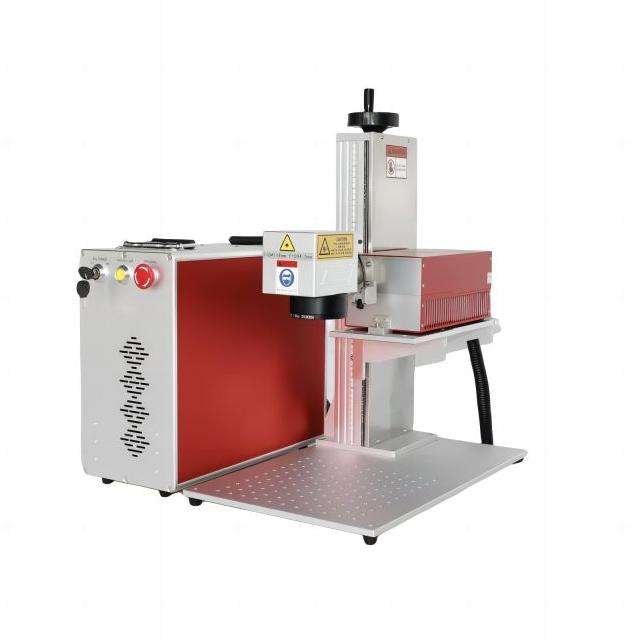Fiber lasers excel in marking, engraving, and annealing metals. They provide high contrast and deep engravings on a wide range of metallic surfaces, including highly reflective ones.UV lasers can mark some metals, particularly those with coatings or treatments, but they are generally less effective than fiber lasers for most metal applications.
Plastics
UV lasers shine when it comes to marking plastics. They can create high-contrast, precise markings without causing thermal damage to the material. This makes them ideal for marking medical devices, electronic components, and other plastic products where material integrity is crucial.Fiber lasers can also mark many plastics but may cause more thermal effects, which can be undesirable for certain applications.
Glass and Ceramics
Both UV and fiber lasers can effectively mark glass and ceramics. UV lasers offer finer detail and are less likely to cause micro-cracks, while fiber lasers can provide faster marking speeds for larger areas.
Organic Materials
UV lasers are generally better suited for marking organic materials such as wood, leather, and paper. The “cold marking” process ensures minimal thermal damage to these sensitive materials.
Heat-Sensitive Materials
For materials that are particularly sensitive to heat, such as thin films or certain polymers, UV lasers are the clear choice. Their ability to mark without generating significant heat makes them ideal for these delicate application
